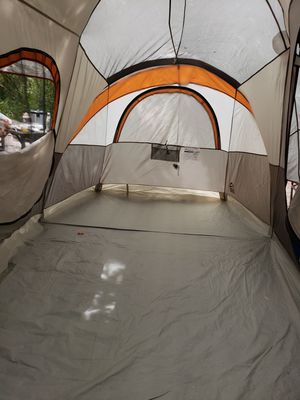

How is it made? Are the materials used non-toxic? Will you be able to repair and reuse it if anything breaks? Does the company advocate a fair wage for all workers and suppliers? How committed are they to ethical trading with developing countries?
How durable is it? Sometimes it’s worth paying more for something that you’ll still be using in several years’ time. Your tent is your only shelter so will it withstand the weather conditions you intend to throw at it? Will it be roomy enough? Do you need to be able to sit up? How easy is it to put up? Can you do it on your own? Is it simple to pack away?Īre there enough straps and loops? You’ll need these to fasten doors, secure poles and open door and porch flaps for ventilation. How practical is it? Are there enough storage pockets? Is there a big enough porch area or areas where you can stow large rucksacks or dirty boots? If so, will this make it too heavy? Look for guylines that stay taught and are easily adjustable - you’ll appreciate this when trying to adjust the tension with numb fingers. Zips - should be durable enough to withstand repeated use without breaking. Pegs are usually titanium - lighter pegs mean less weight but possibly less stability. It’s the poles that create the tent’s structure, and the type you use will depend on where you go and what conditions you’ll face.Īluminium poles are stronger than carbon or fibreglass so will withstand rough conditions, however they are heavier so unless you’re doing something particularly extreme, aluminium poles may not be the best choice for backpackers or hikers. Some models offer a separate footprint to protect against extra rough surfaces.Ĭolour resistance to light is another factor to consider - you don’t want your smart red tent turning orange in the sun! The inner should ideally be breathable and keep you as comfy as possible, and tent floors should be waterproof and strong enough to withstand punctures. Hilleberg tents use a hydrostatic head waterproof rating and their fabrics are amazing! A higher quality nylon will have a better tear strength and will be more waterproof. Cheap tents are often made using thin nylon that tears easily. The fabric is all that’s between you and the elements. Choosing a tent is usually a trade-off between price, weight, durability and comfort. You’ll also need to consider how many of you will be going on the trip and whether you’re willing to share. Only go as many seasons as you need though to avoid carrying too much weight. If you’re likely to encounter particularly gnarly weather conditions or snow, you’ll need a more stable and durable tent. If you’re thru-hiking or backpacking you’ll need to go ultralight, but if you’re cycle touring or staying in one spot, weight won’t be as important. The best tent for you will depend on considerations such as Best Tent Buying Guide for backpacking, wild camping, climbing, and general misadventures Next up is our buying guide followed by the brands and some of their top tents. Here are our top picks for the best tent brands: We should all be considering this before we buy anything fortunately outdoor brands tend to be better at this, but some go further than others. Environmental friendliness/sustainability.Sustainability is super important to us, so we’ve included this as a major factor - we vote with our cash, so we should support brands who are doing the right thing. Of course, you can use your tent for anything, even a family camping holiday. We’ll share our favourite camping tent brands and a few of their top tents that will cater to all your wildest adventures - hiking, bikepacking, packrafting, mountaineering and anything else you can think of.

You’ll need a decent shelter to protect you from the elements, but with so many on the market how do you know which is the best tent brand for you?


 0 kommentar(er)
0 kommentar(er)
